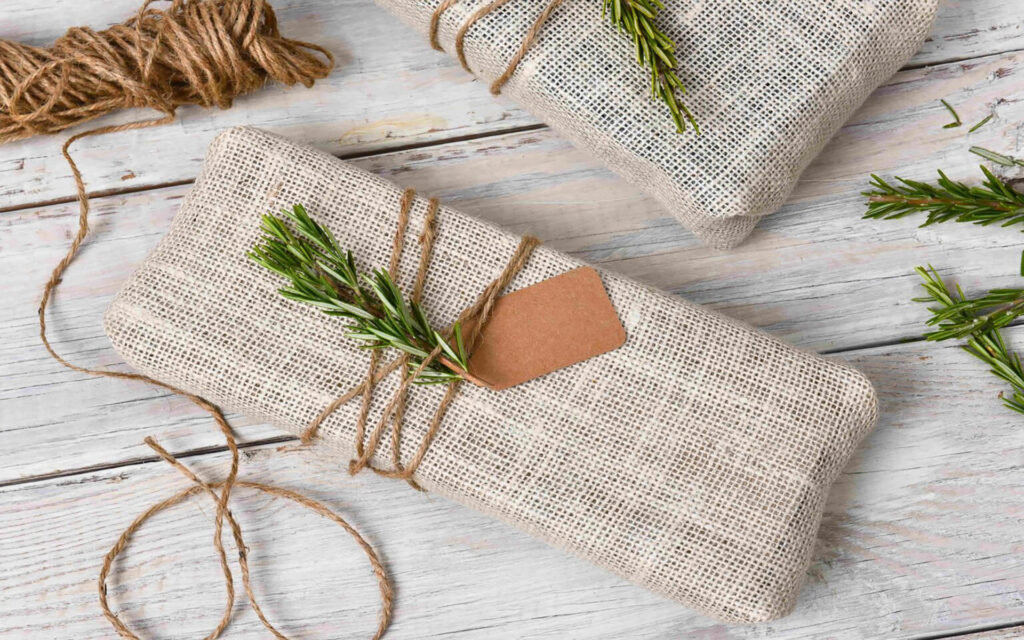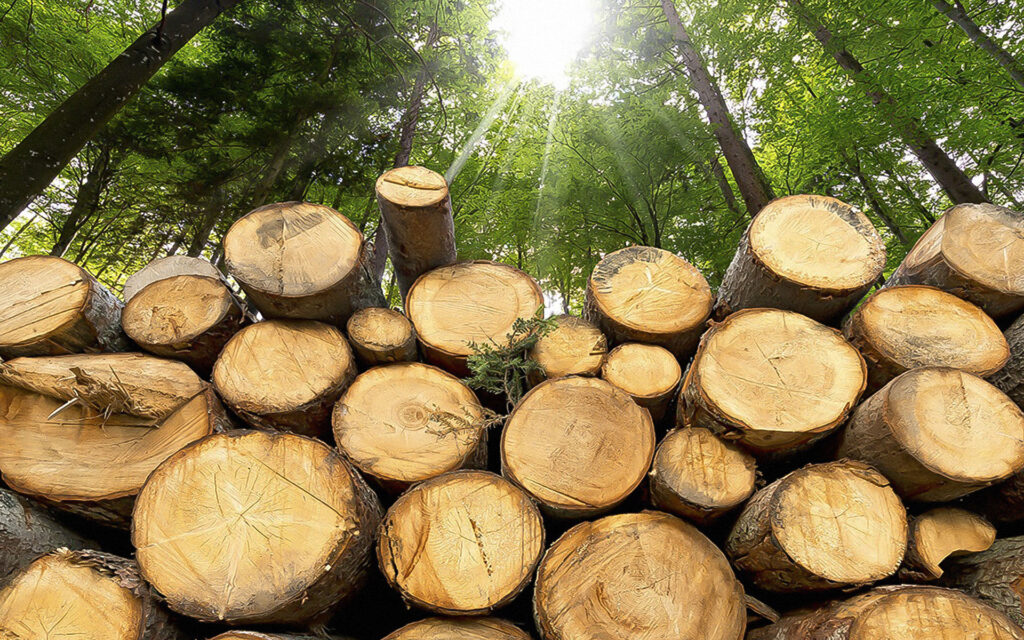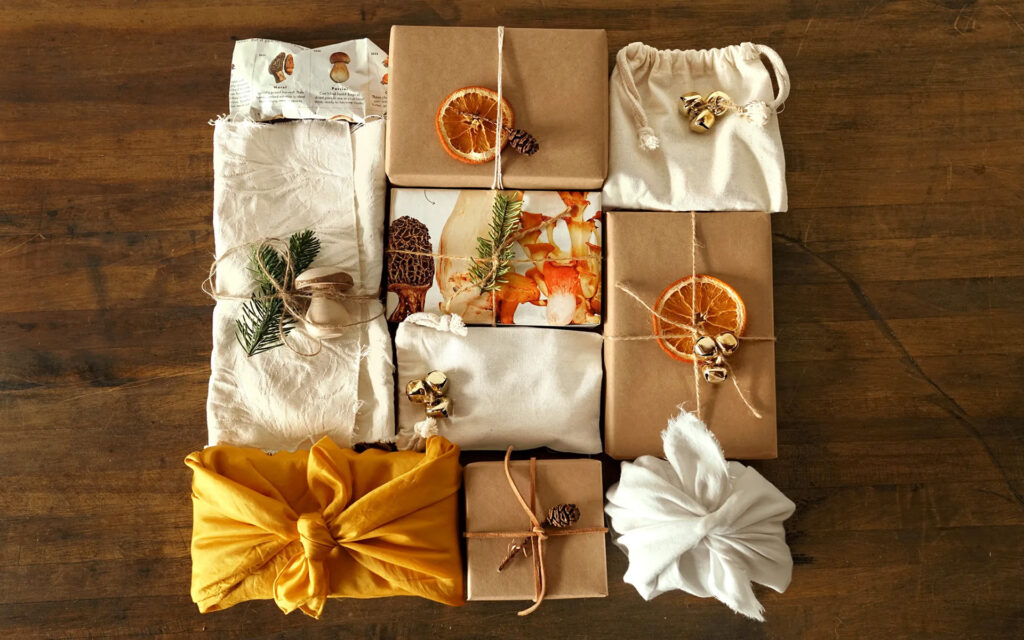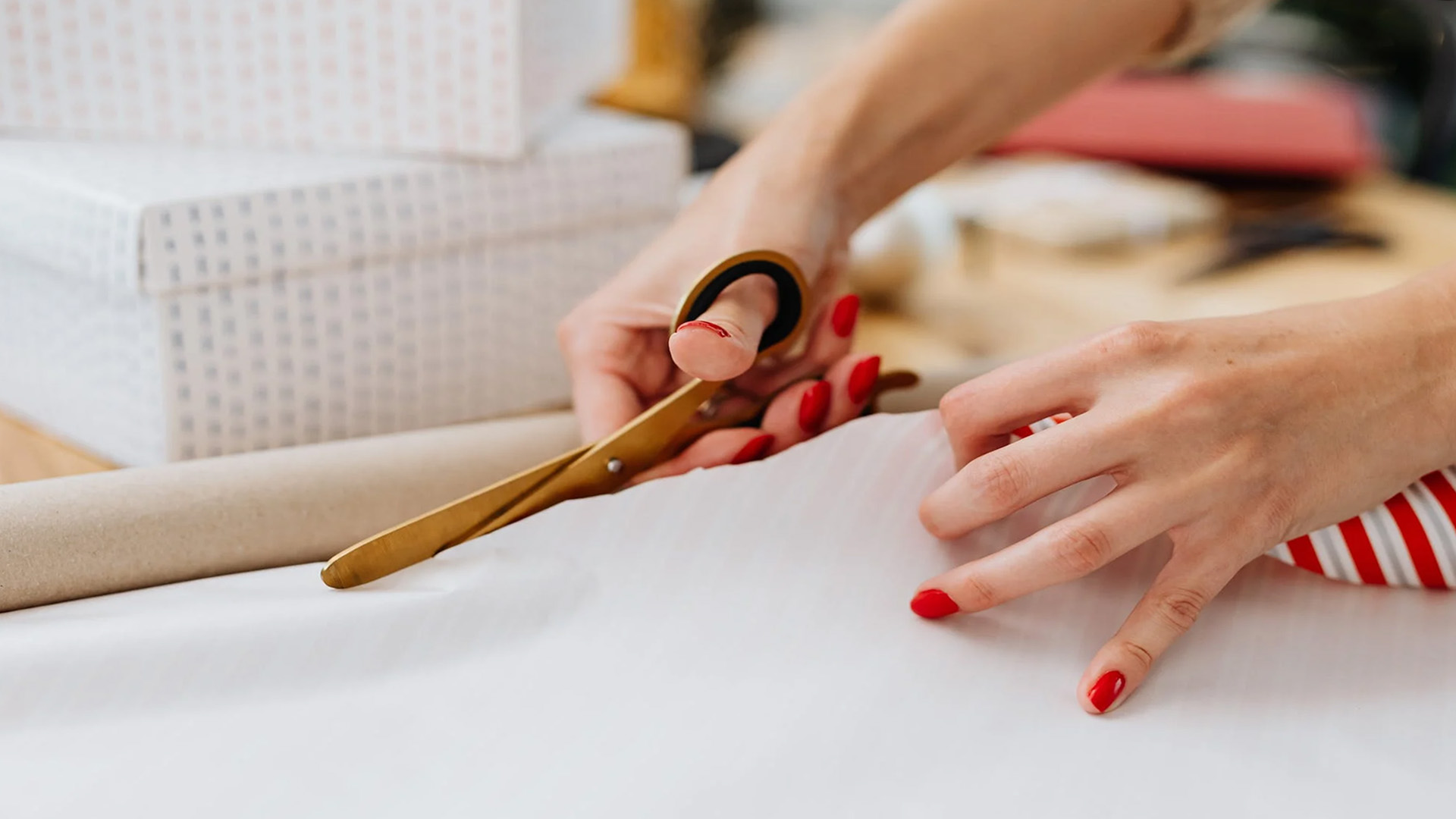We have created different colours, different shapes and we use it for different purposes. We’re talking about wrapping paper.
The paper we use to cover our gifts and arouse that sense of surprise and expectation has a long history. How much does its production affect the environment and what should we know? What are the alternatives to traditional wrapping paper? How can we recycle and dispose of the highly polluting one?
A leap into history
The idea of presenting our gifts nicely wrapped to show affection or respect has existed since time immemorial. In Asia, in the 1st century AD, Koreans were already using completely original packaging with reusable fabrics. On the other hand, the Chinese, used rice straws and bamboo fibers for the same purpose.

Overseas, in the Americas, in the XVI and XVII centuries it became common to use sugar paper, so called because it was used to package this product. They made this paper from poor materials such as rags, so it had impurities and irregularities. Initially they used plant extracts to standardize the color and later mineral substances.
300 years later, exactly in 1750 in Britain, John Baskerville invented a type of paper without impurities, what we now know as tissue paper. They used this paper, thin and smooth, to protect and present valuable items such as tableware, jewelry and clothing.
In North America, the Hallmark brothers thought of using paper used to line envelopes to instead wrap gifts. This idea became popular, so much so that in 1930 they began to advertise gift packages to match gift cards.
Statistics on the production and use of gift-wrapping paper
Today in the United States the profit from gift card production is $15 billion a year. Americans use about 40 million tons of paper for gift wrapping. It is estimated that during the holidays, approximately 30 million American trees are cut down to allow us to amaze those who receive our gift.

In Britain, 365,000 kilometres of wrapping paper were used in 2020 only. This amount could comfortably envelop the Earth 9 times.
Greenpeace complains that 1.3kg of coal is used to produce one kg of this paper. This results in a carbon dioxide emission of 3.5kg.
Is all this paper recyclable? Not always, very rarely indeed. Often, in fact, the sheets are unfortunately contaminated with glitter and plastic. For that reason it becomes evident the importance of researching alternative solutions or perhaps going back to the origins.
Ideas for replacing traditional wrapping paper
Fortunately, the sensibility of the modern consumer requires alternatives to the use of traditional wrapping paper, even better when used for sustainable gifts. For this purpose one could think of giving new life to those objects perhaps forgotten at home such as: tin boxes, wicker baskets, bread bags, maps and newspapers. It is estimated that if every American household wrapped even three gifts a year in an alternative way, enough paper could be saved to cover the area of 45,000 soccer fields. Sounds like a good start.

Or we could take a cue from the magic of furoshiki, the Japanese art of packing with fabrics, using napkins hidden in our drawers, clothes we have not worn for a long time or scarves out of fashion and offer in this way not one, but two gifts at the same time. Thanks to this technique we would avoid using adhesives, glues or bows rediscovering the homemade and the satisfaction that comes from making something with our own hands.
To embellish our gift boxes, with imagination we can use leaves, wool, lace, sprigs and corks. If we really do not want to do without paper, let’s at least use environmentally friendly paper.
Alternatively, we can of course count on companies that produce excellent products while respecting the environment. Hanseluk is a UK-based company that produces recycled wrapping paper. They are careful to use any type of packaging based on green materials and also the colors used are vegetable or water-based. They source local raw materials so their carbon footprint is very low. Re-wrapped is another company that produces recycled wrapping paper. Their product turns into paper that can still be recycled or even is compostable. They do not use chemicals in production processes and the colors are vegan friendly. There are many options we can turn to make our gifts magical, just look around to be part of environmentally friendly choices.





